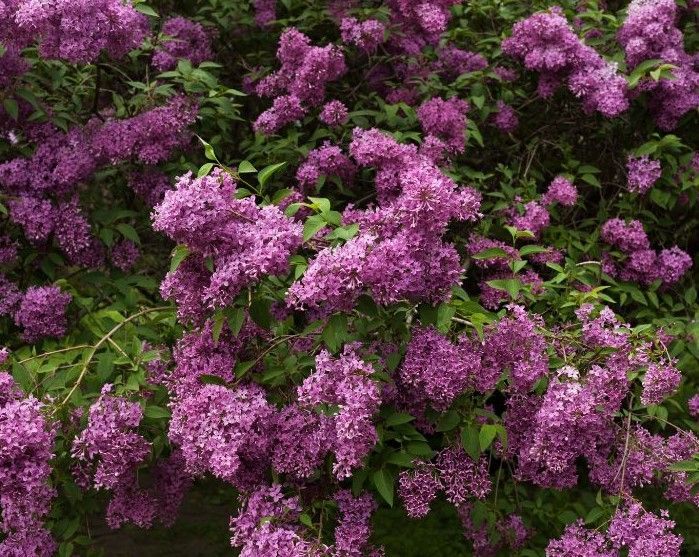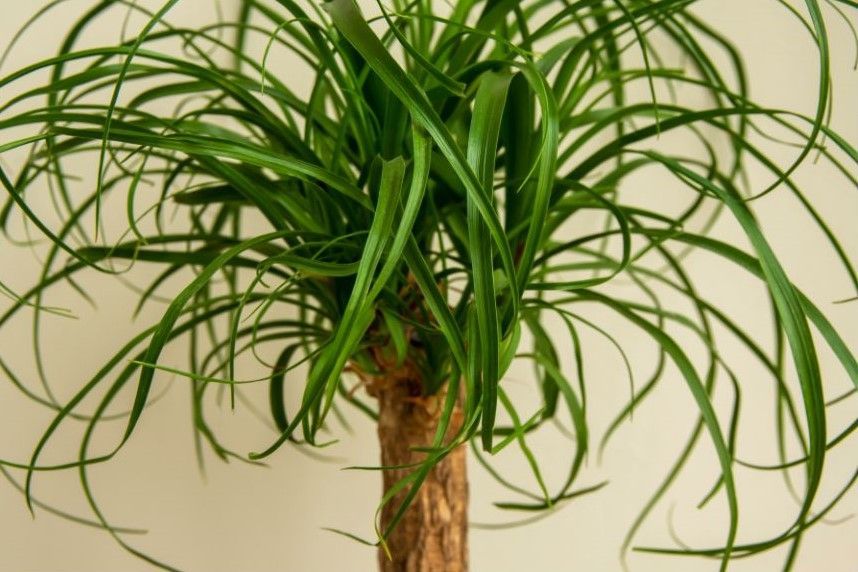In a world increasingly conscious of the chemicals we use in our daily lives, natural alternatives are gaining popularity for their effectiveness and eco-friendly benefits. When it comes to keeping pesky insects at bay, essential oils offer a powerful and pleasant-smelling solution. Whether you're looking to protect your skin or safeguard your yard, these natural insect repellents provide a safe, non-toxic way to enjoy the outdoors without the annoyance of bugs. In this article, we will explore how essential oils can be used to create effective insect repellents for you and your yard, ensuring a more enjoyable and harmonious outdoor experience.
How do essential oils repel insects?
Essential oils contain volatile compounds such as terpenes, phenols, and ketones, which have insect-repelling properties. Different essential oils can repel a wide range of insects, including mosquitoes, flies, ticks, fleas, ants, and moths.
Are essential oils safe to use around my family and pets?
Essential oils are generally safe for humans, pets, and the environment when used correctly. Unlike chemical insecticides, essential oils leave a pleasant and often therapeutic scent. Essential oils can be used in various forms, including sprays, lotions, diffusers, and candles. Many essential oils have antimicrobial properties, adding an extra layer of protection against pathogens.
1. Make your own essential oil spray
You will need:
10-20 drops of one or more essential oils
2 tablespoons of carrier oil (such as coconut oil or almond oil)
1 cup of water
What to do:
Combine the ingredients in a spray bottle.
Shake well before each use.
Spray on exposed skin, clothing, or around areas where insects are present.
2. Drop some into a diffuser
You will need:
An oil diffuser
A few drops of one or more essential oils
What to do:
Add a few drops of essential oil to a diffuser to disperse the scent throughout a room.
This can help repel insects indoors and create a pleasant aroma.
3. Apply topically
You will need:
10 drops of essential oil
2 tbsp of carrier oil
What to do:
Dilute essential oil with a carrier oil.
Apply the mixture to pulse points, such as wrists, ankles, and neck, or directly to areas prone to insect bites.
4. Make a sweet-smelling candle
You will need:
A jar
A stovetop
A saucepan filled with water
Unscented soy candle wax
A candle wick
10-20 drops of one or more essential oils
What to do:
Insert the wick into the empty jar.
Partly fill the jar with unscented candle wax and place in the saucepan of water.
Heat the water until the wax begins to melt.
Add more wax if desired.
Once fully melted, mix 10-20 drops of your preferred essential oils into the wax.
Turn off the heat and carefully remove the jar from the water. Use caution as the glass is extremely hot.
Adjust the wick as necessary and allow the wax to cool for about 30 minutes.
5. Fill up sachets
You will need:
Small cloth sachets
Cotton balls or dried herbs
10 drops of one or more essential oils
What to do:
Fill the small cloth sachets with cotton balls or dried herbs.
Add 10 drops of essential oils into the sachet.
Place sachets in closets, drawers, or other areas to deter moths and insects.








